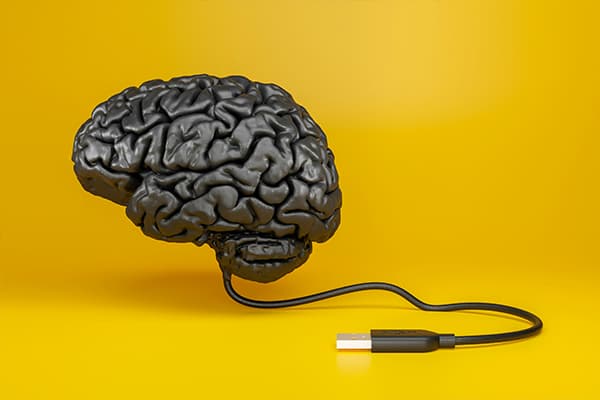Synthetic Relationship Between Music Preferences and Mental Health Dataset
Mental Health & Wellness
Tags and Keywords
Trusted By




"No reviews yet"
£179.99
About
The Synthetic Music and Mental Health Dataset explores the relationship between music preferences, listening habits, and various mental health factors. It provides synthetic data on music consumption, personal characteristics, and mental health conditions, making it ideal for studying how music affects well-being.
Dataset Features
- Age: Age of the individual (in years).
- Primary streaming service: Preferred music streaming platform (e.g., Spotify, Other, None).
- Hours per day: Daily hours spent listening to music.
- While working: Whether the individual listens to music while working (Yes/No).
- Instrumentalist: Whether the individual plays a musical instrument (Yes/No).
- Composer: Whether the individual composes music (Yes/No).
- Fav genre: Favorite music genre (e.g., EDM, Country, Rock, Pop, Folk, etc.).
- Exploratory: Whether the individual actively explores new music (Yes/No).
- Foreign languages: Whether the individual listens to music in foreign languages (Yes/No).
- BPM: Average beats per minute (BPM) of the individual's preferred music.
- Frequency [Classical]: Frequency of listening to classical music (Never, Rarely, Sometimes, Very Frequently).
- Frequency [Video game music]: Frequency of listening to video game music (Never, Rarely, Sometimes, Very Frequently).
- Anxiety: Self-reported anxiety level on a scale from 0 to 10.
- Depression: Self-reported depression level on a scale from 0 to 10.
- Insomnia: Self-reported insomnia level on a scale from 0 to 10.
- OCD: Self-reported OCD (Obsessive-Compulsive Disorder) level on a scale from 0 to 10.
- Music effects: Perceived effect of music on mental health (e.g., Improve, Worsen, No effect).
Distribution


Usage
This dataset is ideal for a wide range of applications in research, data science, and mental health studies:
- Music and Mental Health Analysis: Assess correlations between music habits and mental health conditions like anxiety, depression, and insomnia.
- Music Therapy Research: Identify music genres or listening patterns that improve or worsen mental health symptoms.
- Personalized Music Recommendations: Develop models to suggest music tailored to an individual's mood or mental health needs.
- Behavioral Insights: Explore how demographic factors (age, working habits, etc.) influence music preferences and their effects on well-being.
- Genre Popularity: Analyze the popularity and frequency of different music genres across various demographics.
Coverage
This dataset provides a synthetic yet realistic representation of diverse individuals and their music listening habits, with variations in mental health conditions. It covers a wide array of music genres, listening behaviors, and mental health states, ensuring applicability to a variety of research and clinical settings.
License
CC0 (Public Domain)
Who Can Use It
- Mental Health Professionals: To study the relationship between music and mental health conditions.
- Data Scientists: To practice classification, regression, and clustering algorithms with health-related data.
- Music Therapists: To identify effective music interventions for improving mental health.
- Researchers: To explore novel insights into music's role in well-being and mood regulation.
Loading...
